Introduction to What Is The Netherlands Known For?
The Netherlands, a small country in northwestern Europe, is known for its rich history, picturesque landscapes, and vibrant culture. From the iconic tulip fields to the charming canal networks of Amsterdam, the Netherlands offers a unique blend of old-world charm and modern innovation. With a strong emphasis on cycling and sustainable living, the Netherlands has become widely known as a global leader in environmental initiatives.
Furthermore, the Netherlands is renowned for its contributions to art and design, with famous painters like Rembrandt and Van Gogh hailing from this region. The Dutch are also revered for their expertise in engineering and innovation, as seen in their impressive network of dikes and windmills that have effectively managed water levels for centuries. In addition to these traditional associations, the Netherlands has made significant advancements in technology and entrepreneurship, positioning itself as a hub for startups and creative industries. By embracing both tradition and progress, the Netherlands continues to captivate visitors with its dynamic spirit.
Tulips
The Netherlands is globally renowned for its stunning tulip fields, drawing millions of visitors each year to witness the colorful spectacle. The sheer abundance and variety of tulips in the Dutch landscape are a sight to behold and are one of the things that the Netherlands is widely known for. It’s not just their visual appeal that captivates; it’s also the rich history behind these flowers. Tulips have deeper cultural significance in Dutch society, symbolizing prosperity and beauty. Additionally, the annual Keukenhof Gardens showcase an extraordinary collection of tulips, serving as a testament to the country’s horticultural expertise.
Moreover, tulips have played a pivotal role in shaping the Dutch economy and history through the famous Tulip Mania during the 17th century. This brief but intense period marked one of the first economic bubbles due to inflated prices of tulip bulbs, revealing how deeply ingrained these flowers are within Dutch heritage. Beyond their historical significance, tulips continue to thrive as an important export for the Netherlands, contributing to its global reputation as a hub for floral excellence. Whether strolling through fields or admiring bouquets at local markets, experiencing tulips in all their splendor remains an essential aspect of any visit to this enchanting country.
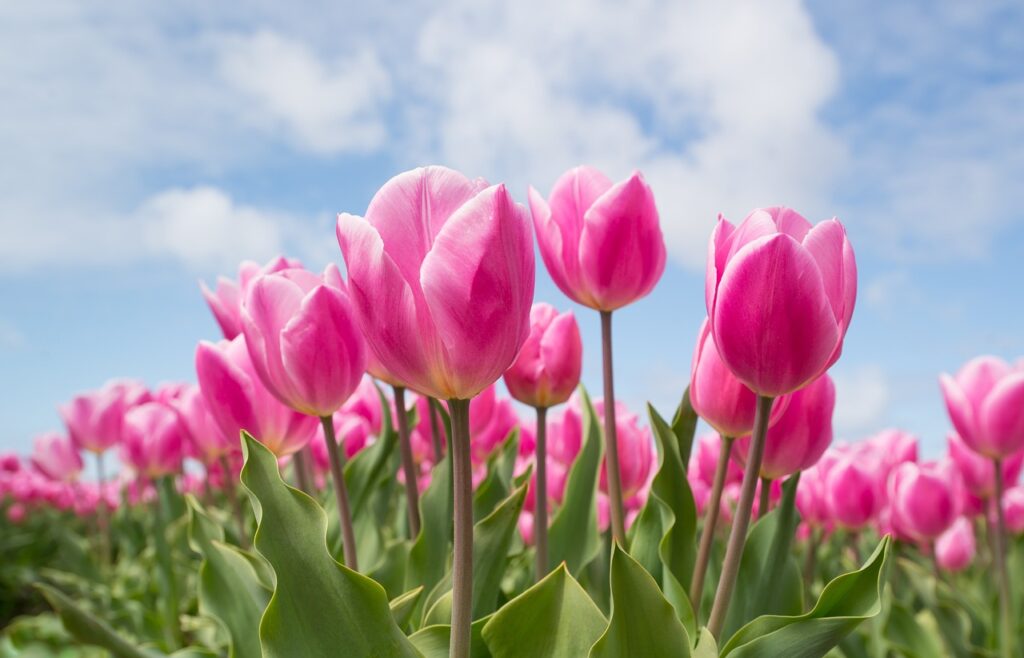
Windmills
The Netherlands is renowned for its iconic windmills, which have become a symbol of the country’s rich history and picturesque landscapes. From traditional wooden structures to modern wind turbines, these remarkable devices have played a crucial role in shaping the Dutch countryside and providing sustainable energy solutions. While often associated with their historical use in water management and milling, today’s windmills are also at the forefront of clean energy production.
What sets the Dutch windmills, one of the most famous things the Netherlands is known for, apart is their innovative design and adaptability to changing technology. They have evolved from centuries-old structures to cutting-edge turbines that contribute significantly to the nation’s renewable energy goals. Moreover, many of these windmills are now open to visitors, offering unique opportunities to immerse oneself in the fascinating world of renewable energy production and experience firsthand the beauty of these engineering marvels against a backdrop of serene Dutch landscapes.
In conclusion, while traditionally recognized for their historical significance, Dutch windmills continue to be at the heart of sustainable development efforts in the Netherlands. Their ability to blend heritage with innovation makes them an essential element in what this country is known for – a forward-thinking approach towards utilizing natural resources for both cultural preservation and environmental progress.
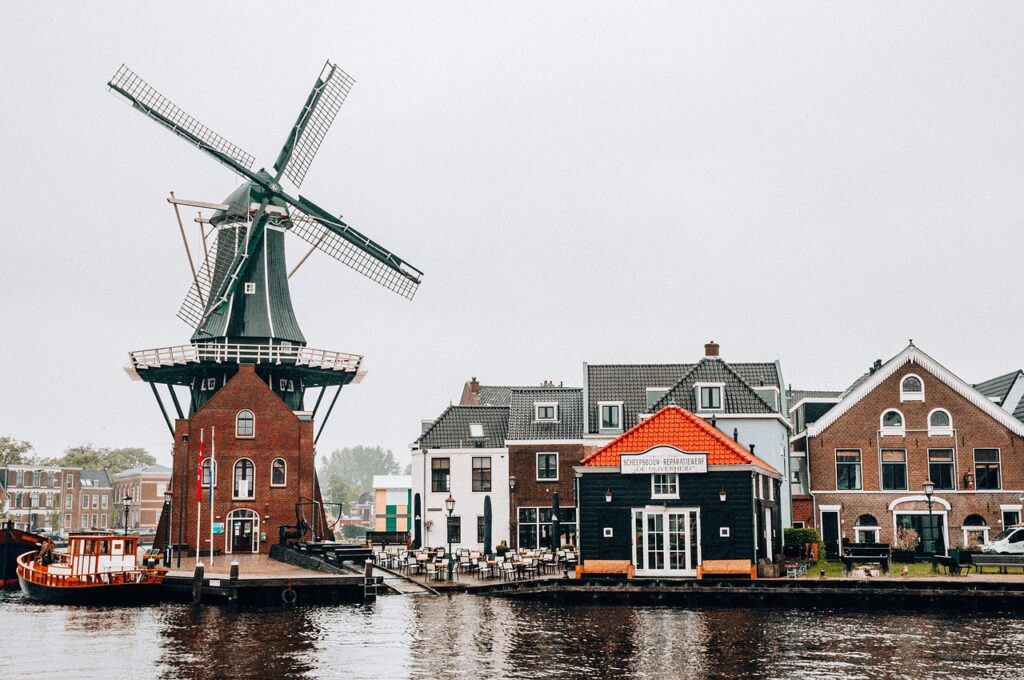
Stroopwafel
Stroopwafel, a beloved Dutch treat, has captured the hearts (and taste buds) of people around the world. This delectable delicacy is essentially two thin waffle cookies joined together by a layer of gooey caramel syrup. The crispy texture of the waffle contrasts beautifully with the sweet, sticky filling, creating a symphony of flavors and textures with each bite.
But what makes Stroopwafel truly special is its versatility. While it’s delightful on its own as a snack or dessert, it can also be warmed over a cup of hot coffee or tea to create a mouthwatering melty indulgence. Additionally, in recent years, Stroopwafel has made its way into international culinary creations, being used as an ingredient in ice cream sandwiches, milkshakes, and even as a topping for pancakes and waffles. Its ability to seamlessly integrate into various dishes showcases its adaptability and enduring appeal beyond traditional Dutch cuisine.

Bicycles
Few things are more synonymous with the Netherlands than bicycles. With nearly 40,000 kilometers of cycling paths crisscrossing the country, it’s no surprise that cycling is a way of life for many Dutch people. But beyond just being a means of transportation, bicycles in the Netherlands represent freedom, eco-friendliness, and a connection to nature. The sight of bustling bike lanes filled with commuters and families alike creates an atmosphere of liveliness and vibrancy unique to this country.
One fascinating aspect of bicycles in the Netherlands is their integration into everyday activities. From grocery shopping to commuting to work, bikes are the go-to mode of transport for countless Dutch citizens. This reliance on cycling not only promotes physical health but also minimizes carbon emissions, aligning perfectly with the country’s commitment to sustainability. In essence, bicycles in the Netherlands symbolize both practicality and ideology – an essential part of what makes this nation so distinctive.
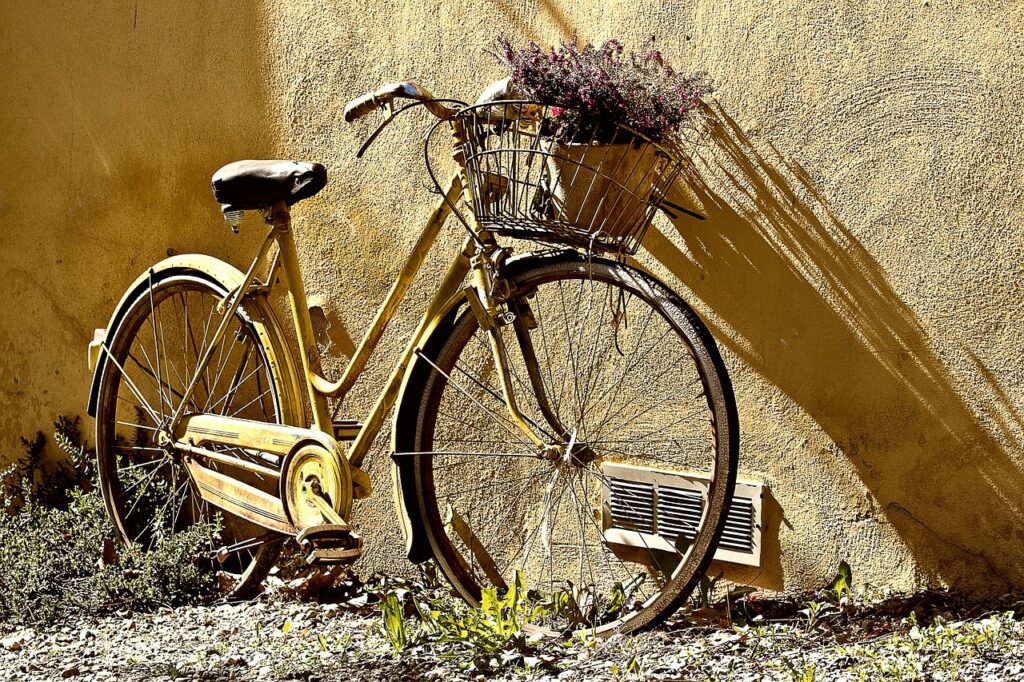
Delft Blue Pottery
The iconic Delft Blue Pottery has been a quintessential part of the Dutch cultural heritage for centuries, with its distinct blue and white designs adorning everything from decorative plates to stunning vases. Known for its intricate hand-painted motifs depicting scenes of windmills, floral patterns, and maritime themes, Delft Blue Pottery showcases the rich history and artistic craftsmanship of the Netherlands. What sets this pottery apart is not just its visual appeal but also the meticulous process behind creating each piece. A Dutch woman who crafts pottery, for example, will go through certain steps–from combining specific raw materials to applying multiple layers of glaze–each embodying a tradition that has been passed down through generations in Netherlands.
Beyond its aesthetic allure, Delft Blue Pottery holds a deeper significance in Dutch history and trade. Originating in the city of Delft in the 17th century during the peak of the Dutch Golden Age, this pottery became coveted across Europe and beyond. Its popularity combined intricate artistry with practical utility, making it both an exquisite decorative item and a functional household necessity. Additionally, as global trade flourished during this period, Delft Blue Pottery served as an enduring symbol of Dutch mercantile success and cultural influence—an embodiment of prestige that endures to this day.
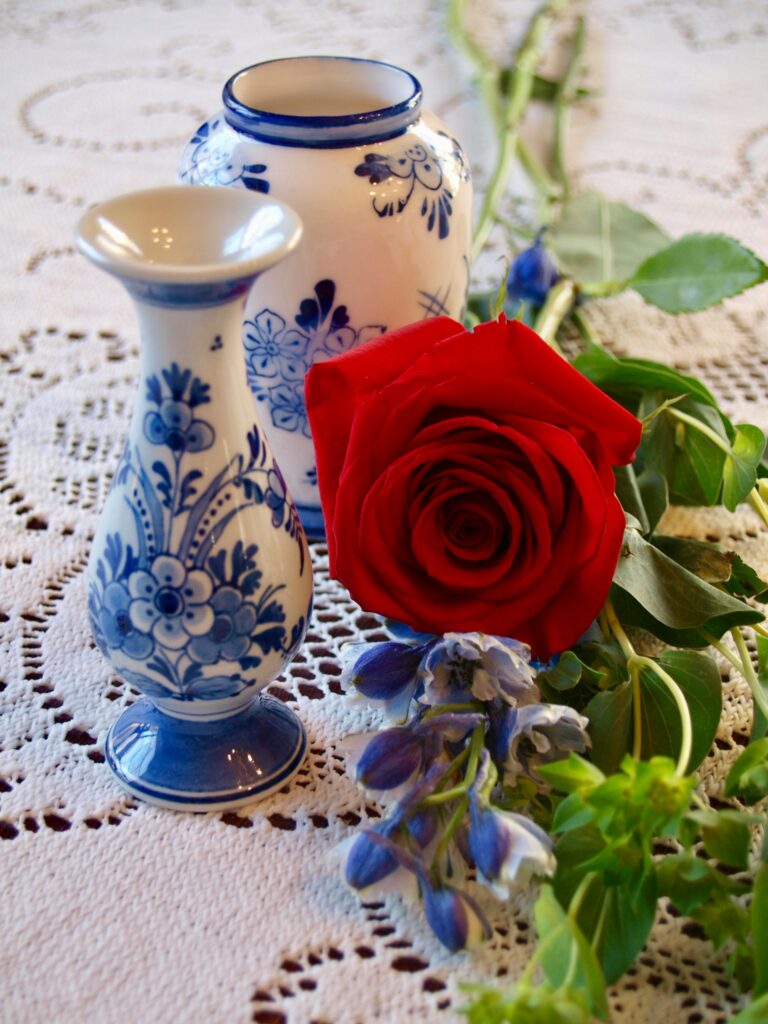
Anne Frank House
The Anne Frank House in Amsterdam is a powerful reminder of the impact of the Holocaust and a tribute to the strength of the human spirit. As visitors walk through the secret annex where Anne Frank and her family hid from the Nazis, they are confronted with the stark reality of their harrowing experience. The preserved rooms and personal belongings offer a poignant glimpse into daily life during that time, creating a visceral connection with an important historical narrative.
What makes the Anne Frank House particularly striking is its ability to evoke empathy and introspection. It serves as a sobering testimony to resilience in the face of adversity, prompting visitors to reflect on themes of discrimination, prejudice, and hope amidst darkness. This profound experience elevates it beyond just another museum; it becomes a space for meaningful contemplation and an enduring symbol of courage in the midst of despair.
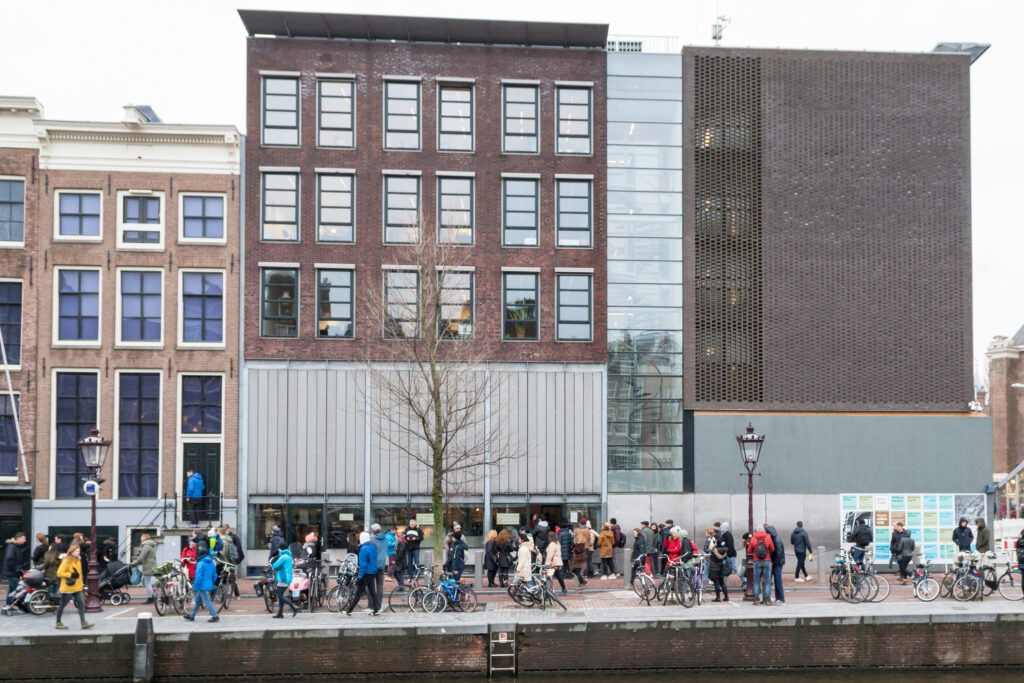
Art Museums
Art museums play a significant role in shaping the cultural identity of the Netherlands. With renowned institutions such as the Rijksmuseum, Van Gogh Museum, and Mauritshuis, visitors can delve into the rich artistic heritage of the country. These museums not only display masterpieces by Dutch artists like Rembrandt and Vermeer but also feature works by international artists, offering a diverse and immersive experience.
Moreover, art museums in the Netherlands are often housed in stunning architectural landmarks that add another layer of visual appeal to the overall experience. The seamless blend of historical and contemporary art within these spaces provides an opportunity for visitors to appreciate how artistic expression has evolved over time. Not only do these museums showcase world-class collections but they also serve as platforms for dialogue on critical issues facing society today, making them pivotal in fostering a vibrant and inclusive cultural community.
The interconnectedness between art museums and society is palpable in the Netherlands, where these institutions serve as dynamic hubs for creativity and exchange. Through innovative curation and engaging programming, art museums here continue to inspire curiosity and ignite conversations about global issues while celebrating creativity from all corners of the world.

Clogs
Clogs, the iconic wooden shoes, hold a special place in Dutch culture, symbolizing both tradition and practicality. While many may view clogs as an old-fashioned thing that the Netherlands is famous for, their continued popularity in the country suggests otherwise. Beyond being symbolic of Dutch heritage, clogs are surprisingly comfortable and functional footwear for outdoor activities and work.
What sets Dutch clogs apart is their unique craftsmanship and versatility. Today, contemporary designs offer a blend of tradition and modern fashion trends, appealing to a diverse audience beyond just farmers or tourists. With sustainability becoming increasingly essential, the use of wood from responsibly managed forests ensures the longevity of this traditional craft while reducing its ecological footprint. Ultimately, clogs have transcended their traditional associations to become an enduring emblem of Dutch identity with global appeal.
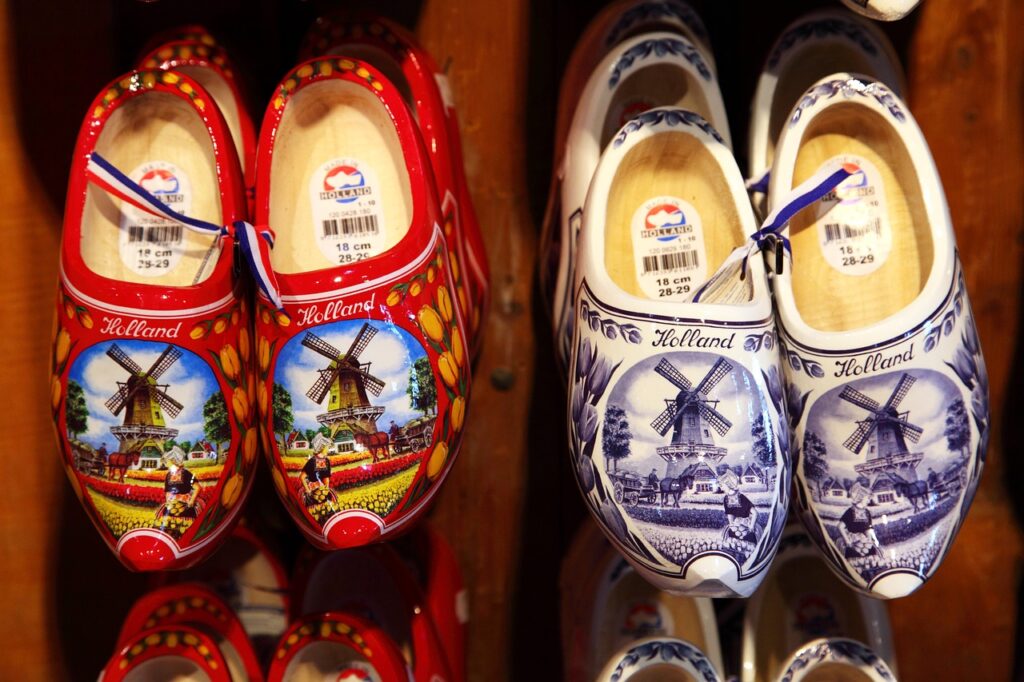
Canals
Netherlands is well-known for its intricate network of canals, which not only serve as a key mode of transportation but also as a defining feature of the country’s landscape. The canals have played a significant role in shaping Dutch culture and economic development, dating back to the 17th century when they were used for trade and defense. Today, these waterways are not just a picturesque backdrop for tourists but continue to be actively used for shipping goods and services.
One fascinating aspect of the Dutch canals is their engineering marvel, showcasing the innovative spirit of the country. The intricate system of locks, bridges, and dams required to manage water levels and regulate flow demonstrates an impressive level of skill by early Dutch engineers. Furthermore, these canals reflect sustainable urban planning, offering an environmentally friendly means of transport while contributing to flood control efforts in low-lying areas.
In addition to their functional significance, the canals have also become synonymous with leisure activities such as canal cruises and waterside dining experiences. This blend of historical importance with modern-day recreation makes the Dutch canals an enduring symbol of national pride while serving as a vibrant hub for social interactions and cultural exchange.
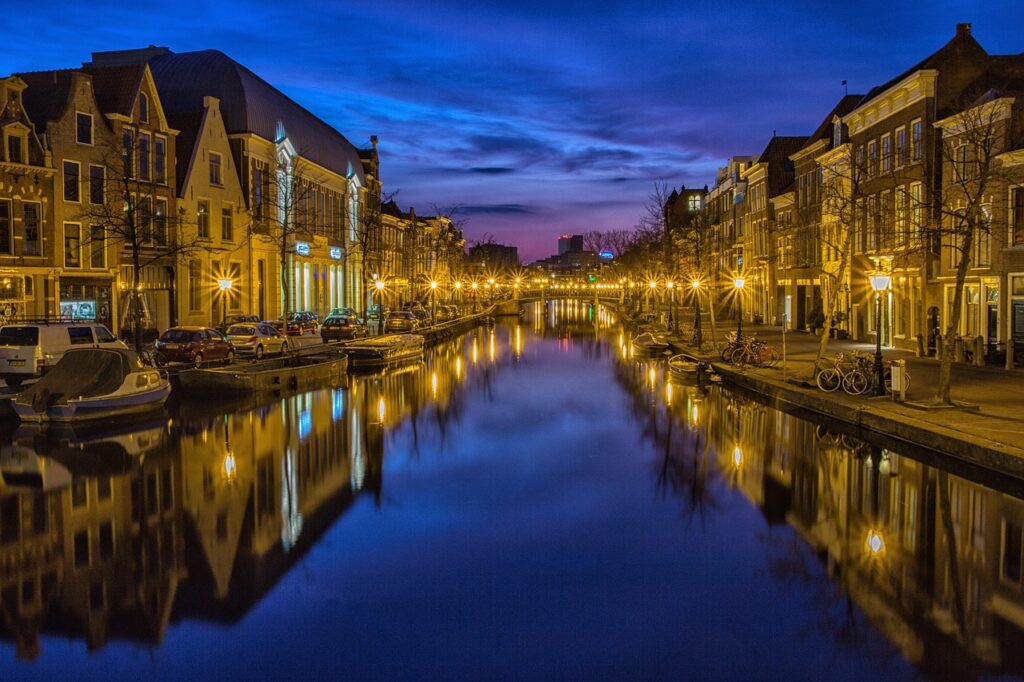
Van Gogh
Vincent van Gogh, one of the most renowned Dutch artists, is synonymous with his iconic paintings such as Starry Night and Sunflowers. Born in 1853 in Zundert, Netherlands, Van Gogh’s work reflects a deep emotional intensity and distinctive use of color. His tumultuous life and struggles with mental health have added layers of complexity to his art, making him an enigmatic figure in the world of fine arts.
Van Gogh’s influence extends far beyond the borders of the Netherlands, as his expressive style and raw emotion have left an indelible mark on the art world. His post-impressionist approach laid the groundwork for modern art movements and continues to inspire artists around the globe. The Van Gogh Museum in Amsterdam stands as a testament to his enduring legacy, housing the largest collection of his works including letters and personal memorabilia. While Van Gogh tragically passed away at a young age, his impact on art history remains immeasurable, solidifying him as a quintessential figure in Dutch culture and a titan of artistic innovation.
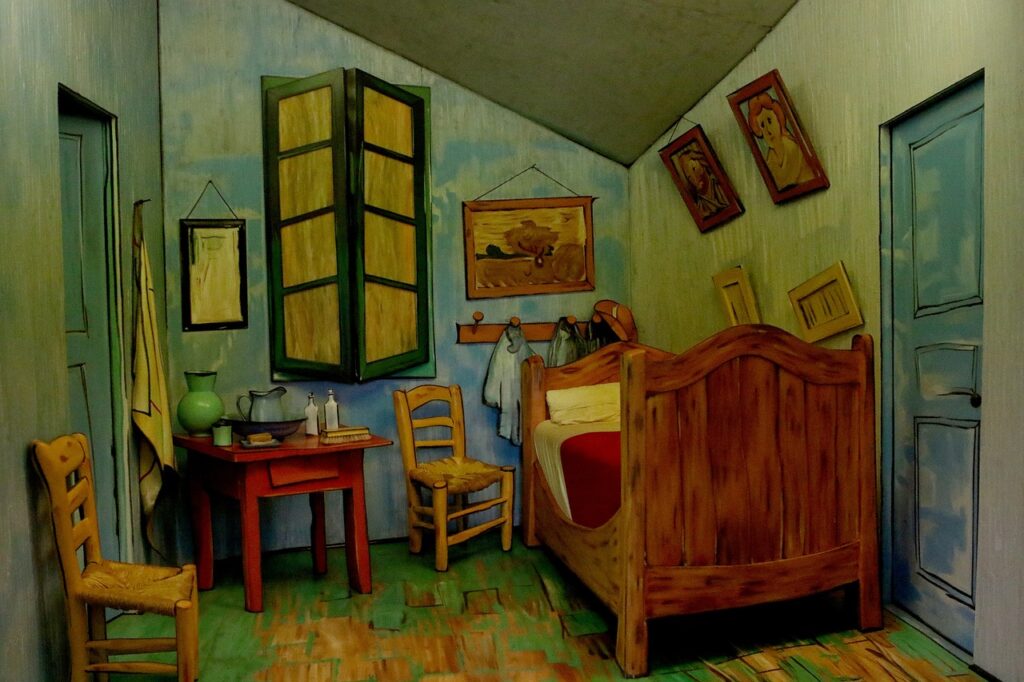
Rembrandt
No discussion of the Netherlands would be complete without delving into the enduring legacy of one of its most celebrated sons, Rembrandt van Rijn. This iconic 17th-century Dutch painter, etcher, and draughtsman left an indelible mark on the art world with his masterful use of light and shadow, emotionally charged portraits, and richly atmospheric landscapes. His ability to capture the human experience in all its complexity continues to fascinate art enthusiasts worldwide.
Rembrandt’s innovative techniques and unparalleled skill in portraying emotion and depth have cemented his status as a key figure in art history. The way he used light not only to illuminate his subjects but also to convey meaning is a testament to his unparalleled talent. His works remind us that even centuries later, they still hold the power to evoke intense feelings and introspection. As you navigate the Netherlands’ artistic landscape, take time to explore the profound impact Rembrandt had on shaping our understanding of human expression through art.
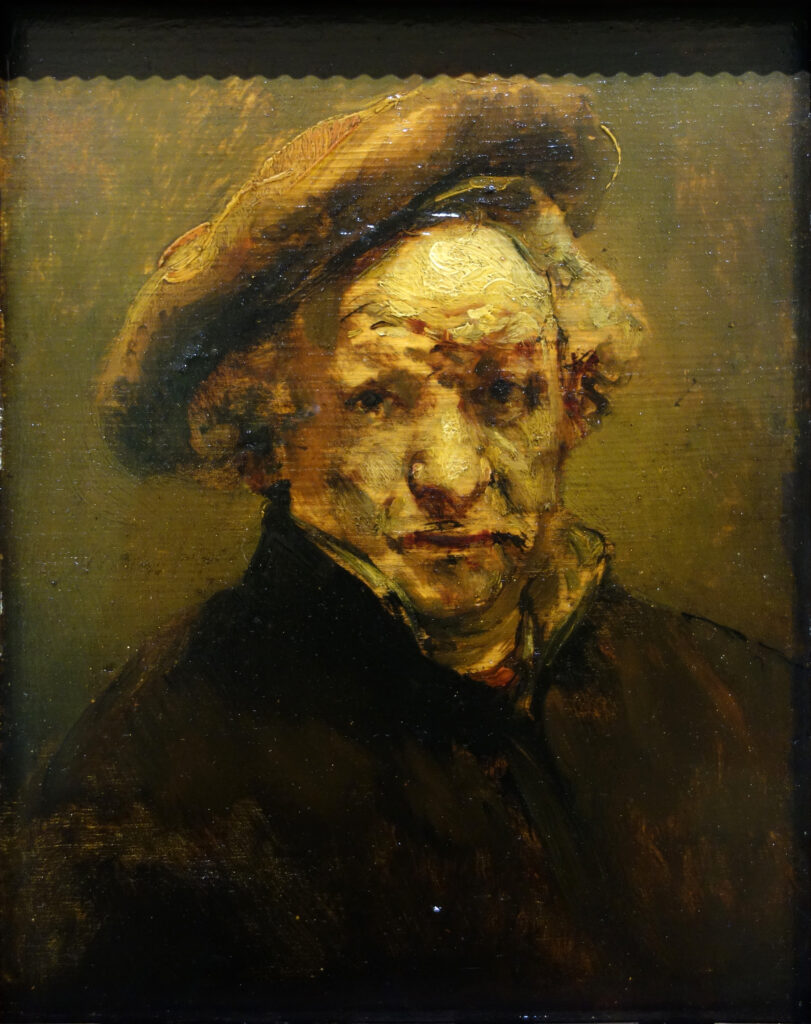
Coffee Shops (legal purchase of marijuana)
In the Netherlands, coffee shops have become emblematic of the country’s liberal approach to cannabis. These unique establishments offer a cozy and welcoming environment where patrons can legally purchase and consume marijuana. Unlike the hushed, secretive atmosphere often associated with buying cannabis in other parts of the world, coffee shops in the Netherlands offer a relaxed and open setting for individuals to explore different strains and products.
The presence of coffee shops also reflects the Dutch approach to harm reduction and public health. By providing a legal space for responsible marijuana use, these establishments help minimize the risk associated with purchasing drugs from unregulated sources. This pragmatic stance has led to lower rates of drug-related harm in the Netherlands compared to many other countries. Additionally, coffee shops contribute to Amsterdam’s vibrant cultural scene, attracting visitors from around the world who are interested in experiencing this unique aspect of Dutch society.
Heineken
Heineken, one of the world’s most famous beer brands, holds a special place in Dutch culture, making it one of the things that the Netherlands is well known for. The story of Heineken is not just about brewing beer; it’s also about entrepreneurship, innovation, and global success. Founded in 1864 by Gerard Adriaan Heineken, the brewery’s iconic green bottle with a red star has become a symbol recognized around the world.
What sets Heineken apart is its commitment to quality and consistency. The brand has successfully blended traditional brewing methods with modern technology to create a distinctive taste that appeals to beer enthusiasts worldwide. Beyond its renowned beer products, Heineken is also known for being an innovative marketing powerhouse – from engaging advertising campaigns to sponsoring major sports events and music festivals, the brand continues to uphold its reputation as an industry trendsetter.
Lastly, visiting Amsterdam without indulging in a pint of freshly brewed Heineken at the historic Heineken Experience is akin to missing out on an essential Dutch experience. The interactive tour offers visitors a glimpse into the brand’s fascinating history while providing an enjoyable exploration of the brewery process. A trip here would not be complete without savoring their unique brews while immersing oneself in this iconic part of Netherlandic heritage.

The Hague
Located in the western Netherlands, The Hague is not just the political hub but also a city steeped in history and cultural significance. Boasting an impressive array of museums, including the renowned Mauritshuis, home to Johannes Vermeer’s Girl with a Pearl Earring, this city offers a captivating journey through the world of art. The Hague, a city in the Netherlands, is an international center for justice, housing the International Court of Justice and is known for its iconic International Criminal Court.
But it’s not all about history and politics—The Hague offers stunning coastal landscapes that often go unnoticed. With its expansive beaches and picturesque dunes, Scheveningen is a charming seaside suburb that exudes relaxation and tranquility. Here visitors can take part in various water sports or simply unwind at one of the beachside cafes serving up fresh seafood delights. With so much to offer beyond its political face, The Hague truly presents an alluring blend of culture, history, nature, and international influence—an essential stop on any exploration of what makes the Netherlands extraordinary.
King’s Day
On April 27th each year, the Netherlands comes alive with vibrant orange celebrations in honor of King’s Day. Originally known as Queen’s Day, this national holiday was rebranded after the coronation of King Willem-Alexander in 2013. The streets are filled with people donning orange attire, enjoying live music, street performances, and bustling open-air markets. The festive atmosphere is infectious as locals and visitors revel in the colorful parades and canal boat parties that characterize this joyous occasion. It’s truly a sight to behold and an experience that captures the lively spirit of Dutch culture.
King’s Day is not only a day for celebration but also an opportunity for charity and entrepreneurship. Throughout the country, children set up their own flea markets where they can sell toys or homemade goods to earn some extra pocket money. This tradition not only teaches young ones about business but also encourages generosity—the proceeds often go to charity organizations or community projects. Additionally, it serves as a platform for budding entrepreneurs to showcase their creativity and initiative at a grassroots level. So, beyond its festive facade, King’s Day embodies values of community engagement and social responsibility—a unique aspect that adds depth to the Netherlands’ cultural tapestry.
What are the famous landmarks in the Netherlands?
When talking about the things the Netherlands is known for, one cannot overlook the enchanting Canals of Amsterdam. These canals, dating back to the 17th century, add to the city’s charm and are a UNESCO World Heritage site. The Windmills in the Netherlands are also iconic symbols of the Dutch landscape. While they were originally used to pump water from the lowlands, today they serve as popular tourist attractions. The Vincent van Gogh Museum in Amsterdam is another must-visit landmark. It houses the largest collection of artworks by the famous post-impressionist painter Vincent van Gogh.
What cultural aspects make the Netherlands famous?
The Netherlands is known for its rich cultural heritage, and several elements contribute to this fame. Dutch cheese, particularly Gouda and Edam, from the Netherlands are globally renowned for their exceptional taste and quality, making them a widely known Dutch product. The Tulip season in Holland is a spectacular sight, attracting visitors from all over the world. The colorful fields are a symbol of the country’s vibrant floral industry. Additionally, Wooden clogs, or “klompen”, are not only traditional Dutch footwear but also represent the country’s craftsmanship and heritage.
Why are the Dutch people famous?
When considering what the Netherlands is known for, the Dutch people themselves are significant. Netherlands is famous for being home to some of the tallest people in the world. The average height of Dutch men and women is relatively tall compared to global averages. Additionally, the country is renowned for its famous painters. The Dutch Golden Age saw the emergence of master painters like Rembrandt and Vermeer, who have left an indelible mark on art history. This period is often celebrated as the pinnacle of Dutch cultural achievement.
What is the significance of Amsterdam in Dutch culture?
Amsterdam, the capital city of the Netherlands, holds a special place in Dutch culture and is known for several distinct features. The Red Light District in Amsterdam, a widely known city in the Netherlands, attracts tourists due to its liberal laws regarding sex work. Additionally, English speakers in Amsterdam find it convenient as the city boasts a high level of non-native English proficiency, making it easily accessible for international visitors. Furthermore, Amsterdam has been home to several famous Dutch artists, including Rembrandt, Van Gogh, and Vermeer, making it a hub for art and culture.
What makes the Netherlands unique as a country in Europe?
The Netherlands is unique in several aspects that set it apart from other European countries. The country’s innovative approach to managing its low-lying geography is remarkable. Much of the land is below sea level, and the Dutch have developed sophisticated systems of dikes, canals, and polders to protect their land from flooding. Gouda cheese and stroopwafels are two iconic Dutch food items that are beloved both locally and internationally. The Hague, known for being the seat of the Dutch government and parliament, also holds international significance as the host of several international organizations and courts, including the International Court of Justice.
So, if you are planning to visit the Netherlands, make sure to experience these iconic and unique aspects that the country is known for. From its scenic canals and windmills to its rich cultural heritage and innovative achievements, the Netherlands offers a fascinating blend of tradition and modernity.
FAQS
Q: What is the Netherlands known for?
A: The Netherlands is known for its iconic wooden clogs, beautiful tulip fields, the famous Dutch artists like Vincent van Gogh, its cheese, windmills, and being a country with the tallest people in the world.
Q: What are some famous things in the Netherlands?
A: Some famous things in the Netherlands include the historic city of Amsterdam, the picturesque canals, the UNESCO World Heritage sites, and the vibrant cycling culture. The country is also known for its rich history, including the Dutch Golden Age and the Dutch East India Company.
Q: Is English widely spoken in the Netherlands?
A: Yes, the Netherlands has a high proficiency in English, with the majority of the population being able to speak English fluently. This makes it convenient for non-native English speakers to visit or move to the Netherlands.
Q: What are some unique things to be known about the Netherlands?
A: The Netherlands is known for having more bicycles than people, being below sea level in certain areas, and for its liberal policies, including the famous red light district in Amsterdam.
Q: What can I visit in the Netherlands?
A: Visitors to the Netherlands can explore the historic cities such as Amsterdam, Gouda, and The Hague, as well as the beautiful countryside dotted with windmills and tulip fields. Additionally, the country offers cultural attractions like the Heineken Experience and museums showcasing famous paintings.
A: Holland is a region within the Netherlands and is often used interchangeably to refer to the entire country. While it is a common nickname, the official name of the country is the Netherlands which encompasses multiple provinces, including North and South Holland.
Q: What makes the Netherlands famous for its cheese?
A: The Netherlands is famous for its cheese production, particularly the well-known Gouda and Edam cheeses. Visitors can even tour cheese markets and learn about the cheese-making process in the country.
Q: Is the Netherlands known for its tall people?
A: Yes, the Netherlands is known for having some of the tallest people in the world. This unique characteristic of the population is often a point of interest for visitors and tourists.
Q: What are some positive things about the Netherlands?
A: The Netherlands is known for its beautiful landscapes, rich cultural heritage, and progressive social policies. It offers a high quality of life and is considered one of the best countries to live in.
Q: What should I know before visiting the Netherlands?
A: Before visiting the Netherlands, it’s important to be aware of the country’s customs, such as cycling etiquette, and to familiarize yourself with some basic Dutch phrases. Additionally, learning more about the history and famous landmarks will enhance your trip experience.
Conclusion
In conclusion, the Netherlands is known for its picturesque landscapes, innovative design and architecture, and thriving cultural scene. From the iconic tulip fields to the charming canals of Amsterdam, the country offers a diverse range of natural beauty that continues to captivate visitors from around the world. Additionally, Dutch architects and designers have made significant contributions to modern architecture and are renowned for their forward-thinking approach.
Furthermore, the Netherlands’ rich artistic heritage has given rise to masterpieces by renowned painters such as Rembrandt and Vermeer. The country’s museums also house an impressive collection of art spanning various periods, providing a comprehensive look into the evolution of Dutch artistry. Overall, whether it’s exploring historic windmills or indulging in Dutch cuisine, the Netherlands offers a unique blend of tradition and innovation that makes it a destination unlike any other.
More Dream Vacations
- Top 10 Things To Do In Tampa Florida
- Top 10 Things To Do in Blue Ridge Georgia
- Top 10 things to do in New York
- What Are The Top 10 Things To Do In Florida
- Top 10 Things To Do in Vancouver Canada
- Top 12 Things To Do in Hawaii
- Top 10 Beaches in Hawaii
- The Top 10 Things to Do in Nashville
- Top 10 Things to Do in Las Vegas
- Top 10 things to do in Yellowstone National Park

